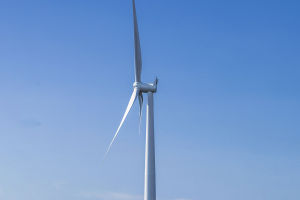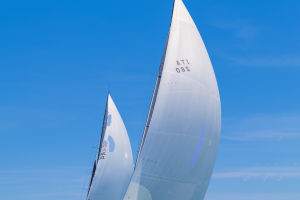Choosing the right sailboat can be a thrilling yet challenging endeavor, especially for first-time buyers.
With a plethora of options available, each designed for different purposes and conditions, making an informed decision is crucial.
This guide aims to provide essential insights to help you navigate the process and select the perfect sailboat for your needs.
1. Understand Your Sailing Goals
The first step in choosing the right sailboat is to understand your sailing goals. Are you looking to race, cruise leisurely, or live aboard? Each of these activities requires different types of sailboats. For instance, racing sailboats are typically lighter, faster, and equipped with high-performance sails. On the other hand, cruising sailboats are designed for comfort and stability, with ample living space and storage for longer trips. Liveaboard sailboats are a blend of both, offering comfort and livability with enough performance to handle various conditions.
2. Consider the Size
Size matters when it comes to sailboats. A larger boat offers more space and amenities, making it more comfortable for extended stays. However, larger boats can be more challenging to handle, especially for beginners, and they require more crew members for efficient operation. Smaller boats are easier to manage and maintain but offer less space and comfort. Typically, a sailboat between 30 to 40 feet is a good starting point for new sailors, offering a balance of manageability and comfort.
3. Evaluate the Hull Design
The hull design significantly impacts a sailboat's performance and handling. There are three primary hull designs to consider: monohulls, catamarans, and trimarans.
- Monohulls: the traditional single-hull design is known for its simplicity and classic sailing experience. Monohulls can heel over, providing a sense of dynamic sailing, which many sailors find exhilarating.
- Catamarans: these boats have two hulls, offering more stability and living space. They are less likely to heel, making them ideal for those who prioritize comfort and stability, especially in rough waters.
- Trimarans: with three hulls, trimarans combine the stability of catamarans with the performance of monohulls. They are typically faster and more stable, but they can be more expensive.
4. Assess the Keel Type
The keel is a critical component of a sailboat, contributing to its stability and ability to sail upwind. The two main types of keels are:
- Fin Keels: these are shorter and deeper, offering better performance and agility. They are ideal for racing and coastal cruising.
- Full Keels: these are longer and shallower, providing greater stability and tracking. Full keels are suitable for long-distance cruising and liveaboard situations.
5. Check the Rigging and Sails
Rigging and sails play a vital role in a sailboat's performance. The two main types of rigging are:
- Sloop Rig: the most common rigging type, featuring a single mast with a mainsail and a headsail. It is simple, efficient, and easy to handle, making it ideal for beginners.
- Ketch and Yawl Rigs: these boats have two masts, providing more sail area and versatility. They are suitable for long-distance cruising and can handle a variety of wind conditions.
6. Consider the Build Quality and Materials
The build quality and materials of a sailboat impact its durability, maintenance, and overall performance. Common materials include:
- Fiberglass: the most popular material due to its durability, ease of maintenance, and cost-effectiveness.
- Wood: offers a classic look and excellent performance but requires more maintenance.
- Aluminum and Steel: these materials are durable and ideal for long-distance cruising, especially in harsh conditions, but they can be more expensive and require specialized maintenance.
7. Budget and Operating Costs
Finally, your budget is a crucial factor. Beyond the initial purchase price, consider the ongoing operating costs, including maintenance, mooring fees, insurance, and equipment upgrades. Larger and more complex sailboats typically incur higher costs.
Choosing the right sailboat is a personal decision that depends on your sailing goals, experience, and budget. By understanding the various aspects of sailboat design and performance, you can make an informed decision that ensures a rewarding and enjoyable sailing experience. Take your time, do thorough research, and consult with experienced sailors to find the perfect sailboat that matches your aspirations. Happy sailing!


